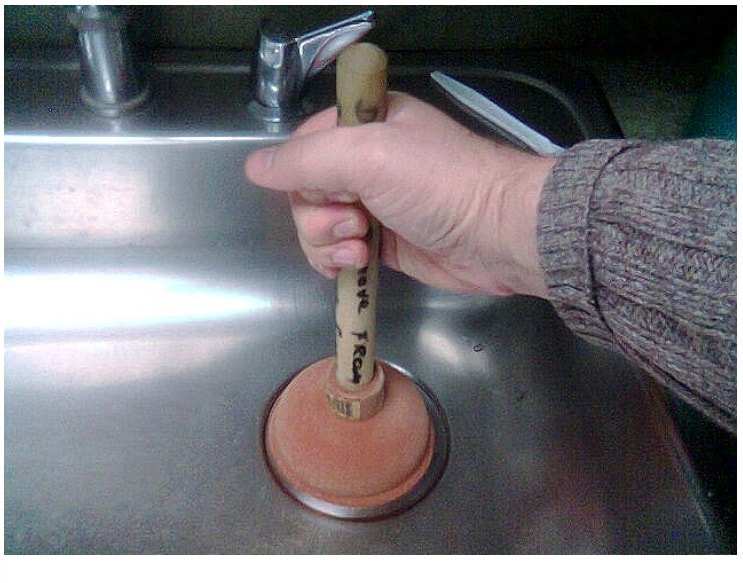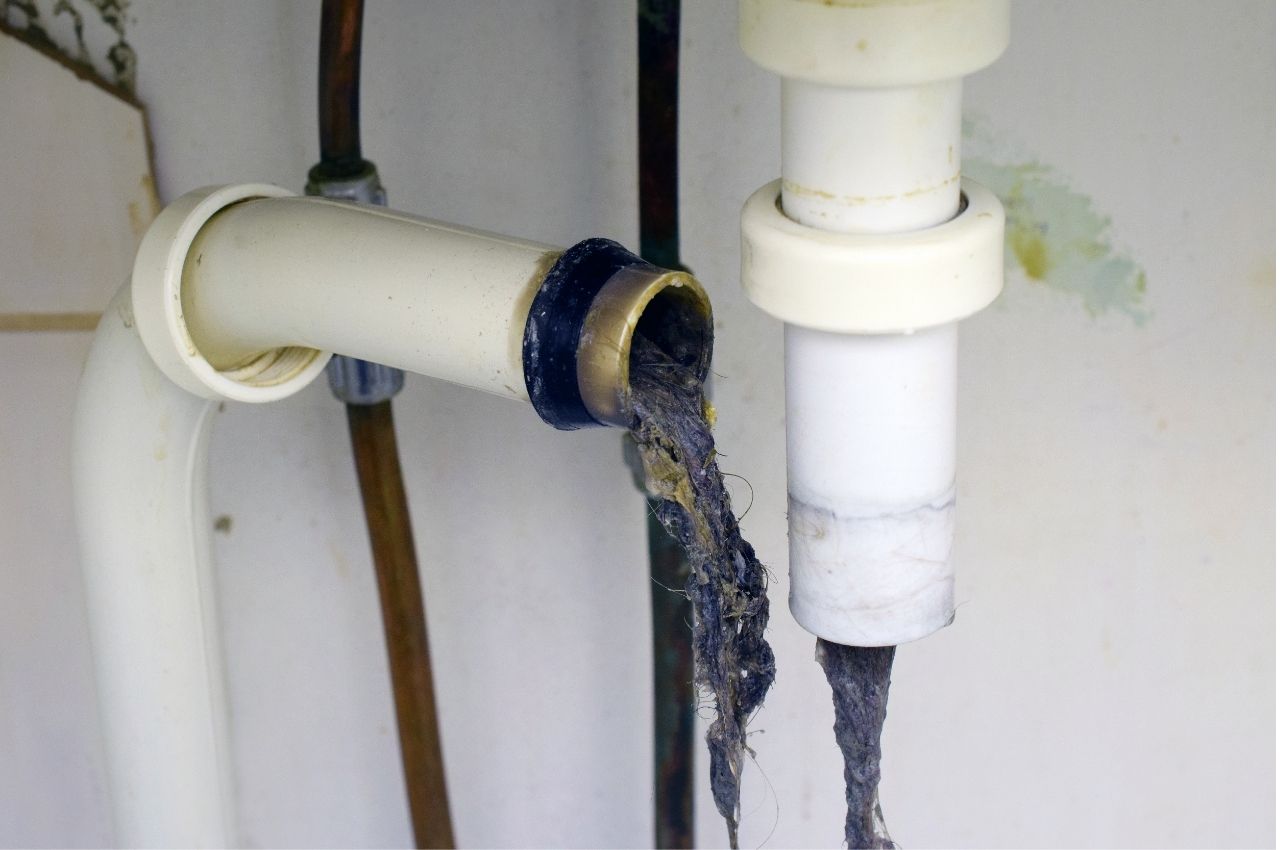The writer is making a few great observations relating to Why Is My Sink Not Draining? in general in this article directly below.

It's not normal for your kitchen area sink to congest several times in one month. If your sink obstructs two times a week, there's some problem going on.
A blocked kitchen drain does not simply reduce your jobs, it degrades your whole plumbing system, bit by bit. Here are some typical habits that encourage sink blockages, and how to prevent them.
You require correct waste disposal
Recycling waste is fantastic, but do you pay attention to your organic waste also? Your kitchen should have two different waste boxes; one for recyclable plastics and also an additional for natural waste, which can come to be garden compost.
Having actually a marked trash can will certainly assist you as well as your household prevent throwing pasta as well as other food remnants down the drain. Typically, these remnants soak up dampness and become obstructions.
A person attempted to wash their hair in the kitchen area sink
There's a right time and area for every little thing. The kitchen sink is simply not the ideal location to wash your hair. Washing your hair in the kitchen sink will make it clog sooner or later unless you utilize a drain catcher.
While a drain catcher may capture most of the fallouts, some strands may still get through. If you have thick hair, this might suffice to decrease your drainage and at some point develop a clog.
You're throwing coffee down the tubes
Used coffee premises and also coffee beans still take in a substantial quantity of dampness. They may appear little sufficient to throw down the drain, yet as time goes on they begin to swell and also take up more room.
Your coffee grounds should go into natural waste disposal. Whatever fraction gets away (possibly while you're washing up) will certainly be dealt with during your regular monthly cleanup.
You have actually been eating a great deal of greasy foods
Your kitchen sink may still obtain blocked even with natural waste disposal. This may be since you have a diet abundant in oily foods like cheeseburgers.
This oil coats the insides of pipelines, making them narrower and even more clog-prone.
Your pipe had not been repaired properly to begin with
If you've been doing none of the above, yet still get normal blockages in your cooking area sink, you should call a plumber. There might be an issue with how your pipes were installed.
While your plumber gets here, check for any type of leaks or abnormalities around your cooking area pipes. Do not attempt to deal with the pipes on your own. This might create an accident or a kitchen area flooding.
There's more dust than your pipelines can manage
If you obtain fruits directly from a ranch, you may see more cooking area dirt than other individuals that shop from a shopping center. You can conveniently fix this by cleaning up the fruits and veggies correctly prior to bringing them right into the house.
Thaw the sludge
The fault isn't from your cooking area sink in all
Maybe the issue isn't from your kitchen area sink, yet the whole drainage system. In such a case, you may observe that sinks and also drains get blocked every other week. You require a specialist plumbing solution to repair this.
5 Things to Do if You Want to Unclog Your Kitchen Sink
Trick 1: Don’t Put Vegetable Peelings Down Disposal
Although the garbage disposal is a powerful and useful way to get rid of food waste, it is not meant for certain vegetables. Don’t put potato, carrot or celery peelings down the disposal. These veggies are fibrous or contain a lot of starch which can jam the disposal motor and clog your sink drain-piping every time. There are other food items that occasionally will clog your sink. If this happens, follow the next four tips.
Trick 2: Use Your Plunger
Plunger is a must-have tool for every household because it can be used to unclog any drain in any part of the house including the kitchen. Yes, the simple plunger can unclog your kitchen sink too. When you use the plunger, plug the other holes in you kitchen sink with a rag cloth. Also, ensure that the plunger cup completely covers the clogged kitchen sink hole. Now, keep the plunger in an upright position and plunge about ten times vigorously. This should remove any vegetable peels, food leftovers or any other solids in the kitchen sink.
Trick 3: Clear the P-trap
The P-trap is the pipe below your sink that’s shaped like the letter P (on its side). You should be able to spot it when you look in the cabinet below your sink. This pipe, shaped to provide a seal against sewer odors, gets clogged when receiving larger solid objects. To unclog the P-trap, you need a pair of gloves and a bucket. You should unscrew the large nut on both the sides of the trap with your bare hands and remove the pipe. Make sure you place a bucket right below the trap to collect all the unclogged water. You can also run your hands through the pipe to remove any solid objects.
Trick 4: Use a Metal Wire
Sometimes using a metal wire to push down or pull up debris from your drain can help unclog your kitchen sink. If you don’t have a metal wire, unbend a wire hanger and use it in the kitchen drain hole. Since this is time-consuming, you’d only use this trick as a last resort. It works well when you know what’s inside the drain.
Trick 5: Use a Drain Snake
Go to your local hardware store and buy a short manual-crank drain snake. This tool is fairly inexpensive and works well unless the clog is further down the drain, past the P-trap.
If none of the above tricks work, then you should call an expert right away, especially since clogged drains are the perfect breeding ground for all kinds of bacteria and viruses.
https://www.iveyengineering.com/things-to-do-unclog-kitchen-sink/

We had been shown that write-up on Why Is My Sink Not Draining? from a friend on another website. Kindly take a moment to distribute this article if you enjoyed reading it. Many thanks for going through it.
Schedule Estimate